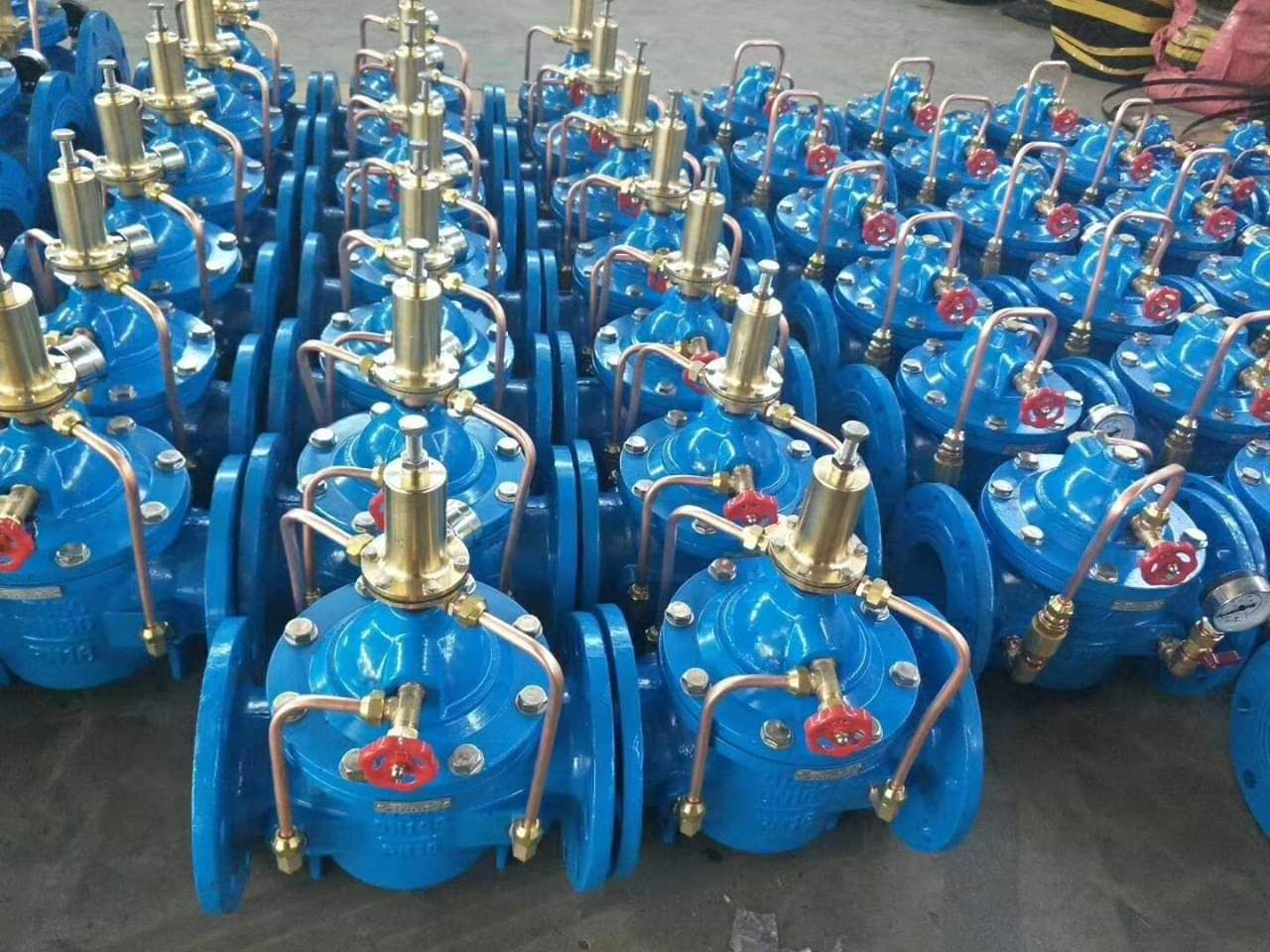Pressure Reducing Valve Manufacturer in USA
Pressure reducing valve’s main purpose is to convert increased pressure into lower pressure. It is also known as a pressure lowering regulator. A self-acting automatic control valve that reduces a greater, unregulated entrance pressure to a constant, decreased exit pressure regardless of changes in the upstream water pressure is known as a pressure lowering valve. Without requiring an external power source, it can regulate pressure due to its totally autonomous self-contained functioning. By opening as the pressure rises and closing as it decreases, it lowers the downstream pressure until it equals the setpoint. These mechanical valves are straightforward and dependable to use since they use a spring against a piston or diaphragm as the control element. Larger diaphragm sizes are used in more specialized models to boost sensitivity for lower pressure ranges. They are frequently used in the oil and gas, steam, and water sectors.
Types
• Direct Acting PRV
• Pilot Operated PRV
• Proportional PRV
• Differential PRV
• Flanged PRV
• Water PRV
Industries
• Manufacturing Industry
• Automotive Industry
• Chemical Industry
• Petrochemical Industry
• Power generation
• Water Industry
• Oil and gas industry
• Pulp & Paper industry
Applications
• PRVs are utilized in water supply systems to lower the high incoming water pressure to a safe and dependable level for residential and commercial use.
• To control the pressure of fluids and gases including steam, compressed air, and natural gas, PRVs are utilised in a variety of industrial operations.
• In order to maintain the necessary water pressure and flow rate for sprinklers and fire hydrants, PRVs are utilised in fire protection systems.
• To control fluid and gas pressure and uphold secure working conditions, PRVs are employed in oil and gas production systems.
• In chemical processing plants, PRVs are used to control the pressure of corrosive and dangerous fluids and gases.
Advantages
• Pipes, fittings, valves, and other equipment may get harmed by excessive pressure in fluid systems. By lowering and managing the pressure to a safe and constant level, PRVs aid in the protection of machinery and plumbing systems.
• Increased energy use and waste can also be caused by high pressure in fluid systems. By lowering the pressure and flow rate to the bare minimum necessary for the particular application, it increases energy efficiency.
• Contributes to the maintenance of safe working conditions by avoiding overpressure, lowering the possibility of mishaps, and preventing equipment failures & Contributes to the reduction of water waste by avoiding leaks and wasteful water use brought on by high pressure.
• PRVs aid in maintaining the proper pressure and flow rate in industrial operations, which is essential for assuring constant product quality.
• Easy and swift operation
Description
• Body Material: Cast Iron, Cast Steel (A216 WCB, WCC, LCB, LCC, WC6, WC9), Ductile Iron, Stainless Steel [ SS316, SS304, SS316L, SS904L, CF8, CF8M, F304, F316, F31L, F51, F3, F55, F91 ]
• Class: 150 to 800, PN10 to PN100
• Size: DN15 to DN600
• Ends: Butt welded, Socket welded, Threaded, Flanged

